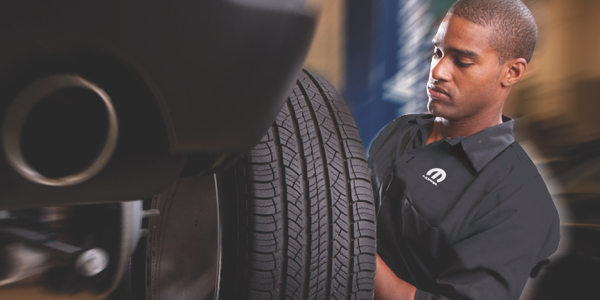Morris Tire Service: Dependable and Cost Effective Care
Morris Tire Service: Dependable and Cost Effective Care
Blog Article
Tire Repair Work Myths Debunked: Dividing Truth From Fiction
In the world of automobile maintenance, tire fixing holds a significant location, yet it is often shrouded in misconceptions and mistaken beliefs that can lead to complication for vehicle owners. Recognizing the distinction between truth and fiction when it pertains to tire repair service is critical for guaranteeing both security and cost-effectiveness. From the misconceptions surrounding patching versus connecting a pierced tire to the performance of numerous tire sealers, there are numerous vital locations where clarity is needed to make informed decisions. Allow's clarify some typical tire fixing myths and separate them from the truth to encourage you with the knowledge required to browse this crucial element of lorry maintenance.
Usual Tire Fixing Misconceptions
Dispelling prevalent false impressions surrounding tire repair service is important for keeping roadway safety and security and expanding the durability of your lorry's tires. It is necessary to comprehend that not all slits are developed equal; while some might certainly call for a tire replacement, the bulk can be safely fixed.
An additional false impression is the idea that a DIY tire repair package is an adequate service for all tire issues. While these sets can be helpful for temporary solutions in emergencies, they are not a long-term service and may not deal with the underlying issue (morris tire service). Looking for the proficiency of a qualified tire service technician is always suggested to make sure the safety and security and honesty of the tire

Can You Fix a Punctured Tire?
Repairing a punctured tire is a common technique in the automobile industry, typically executed by expert technicians complying with specific standards and standards. Nevertheless, not all punctures can be fixed. The place, size, and extent of the slit are important consider establishing if a tire is repairable. Punctures found on the tread area of the tire are usually repairable as long as they are within a specific size restriction and do not affect the tire's architectural honesty.
It is necessary to note that punctures near the sidewall or shoulder of the tire are usually not repairable as a result of safety and security worries. Such areas undergo substantial stress and anxiety and flexing, making repair services undependable and potentially dangerous. In addition, if the leak is too huge, going beyond the recommended repairable size, or if the tire reveals indications of internal damages, it is much safer to replace the tire my site altogether.
The Fact Concerning Patching Vs. Plugging
When taking into consideration the repair work of a punctured tire, comprehending the differences in between patching and connecting is necessary for making notified decisions relating to tire maintenance and safety and security. Covering entails fixing the tire from the within, where a spot is put on cover the puncture. This method is considered more trusted and long-lasting as it addresses the damages inside, lowering the danger of air leak and more tire damage. On the various other hand, plugging is a quick repair that involves useful site inserting a rubber connect into the pierced location from the exterior. While connecting is convenient and can be done without eliminating the tire from the rim, it is generally taken into consideration a short-term option and may not give the same degree of sturdiness as a patch.
Myth: All Tire Sealants Are Efficient

When choosing a tire sealant, consider factors such as the dimension of leaks it can efficiently fix, compatibility with tire stress tracking systems (TPMS), and whether it is safe for the tire product. Checking out reviews and seeking referrals from specialists can assist you make an informed choice. Furthermore, routine maintenance and timely replacement of sealant can aid make sure optimal efficiency. Remember, while tire sealers can be valuable in emergency situations, they are not a replacement for correct tire treatment and maintenance.
Best Practices for Handling Flat Tires
In light of the varying effectiveness of tire sealers, recognizing best practices for dealing with flat tires is important for maintaining road safety and security and lorry performance. Loosen the lug nuts, raise the vehicle with the jack, get rid of the try this lug nuts and level tire, and replace it with the spare tire. Stow away the level tire, devices, and devices, and remember to examine the spare tire's pressure occasionally.
Final Thought
Finally, it is very important to different fact from fiction when it involves tire repair service myths. Recognizing the reality about covering vs. plugging, the performance of tire sealants, and best practices for handling blowouts can aid make certain the security and long life of your tires. By exposing typical false impressions and complying with correct repair work standards, you can make informed decisions when it comes to preserving the health and wellness of your vehicle's tires.
Report this page